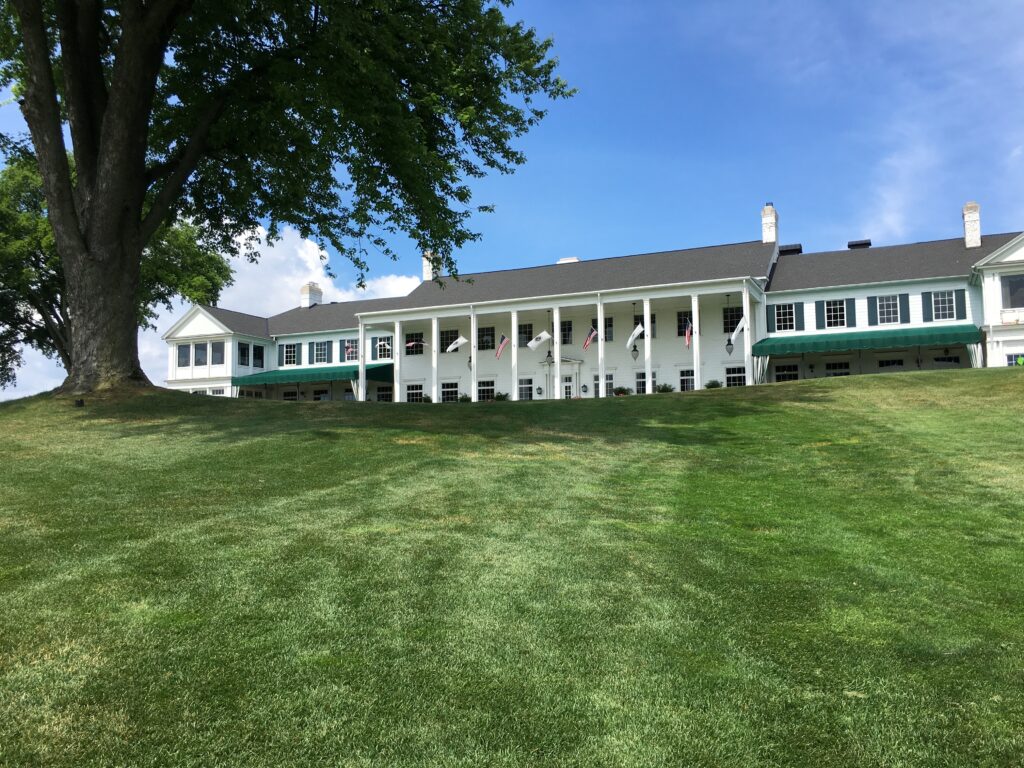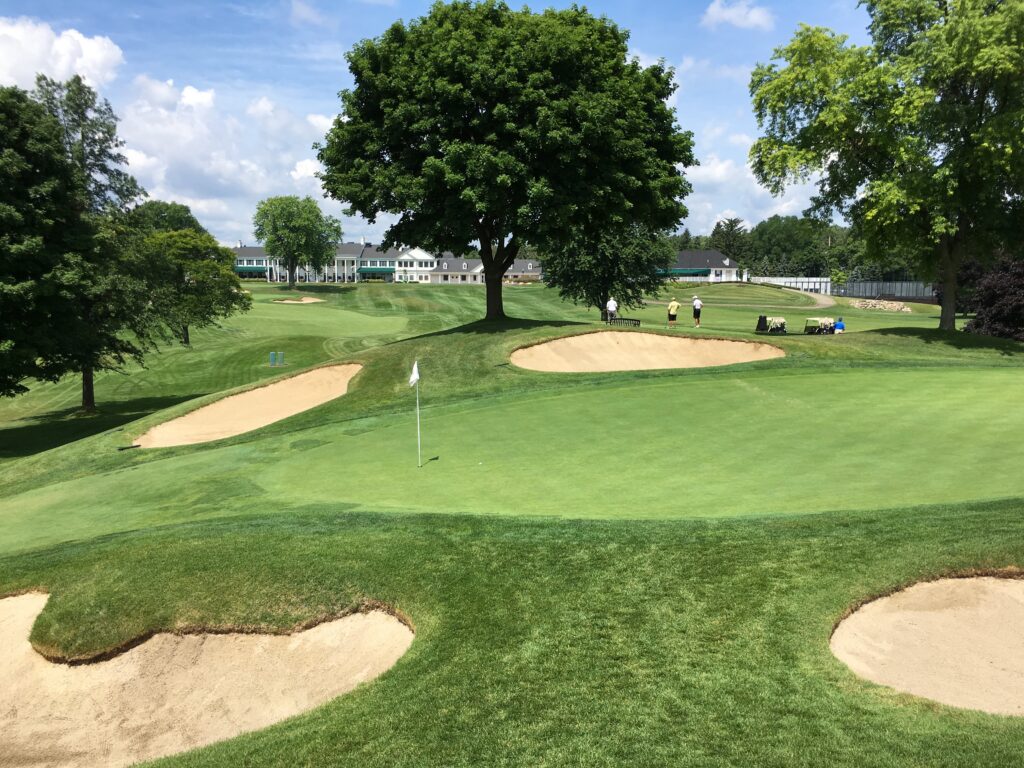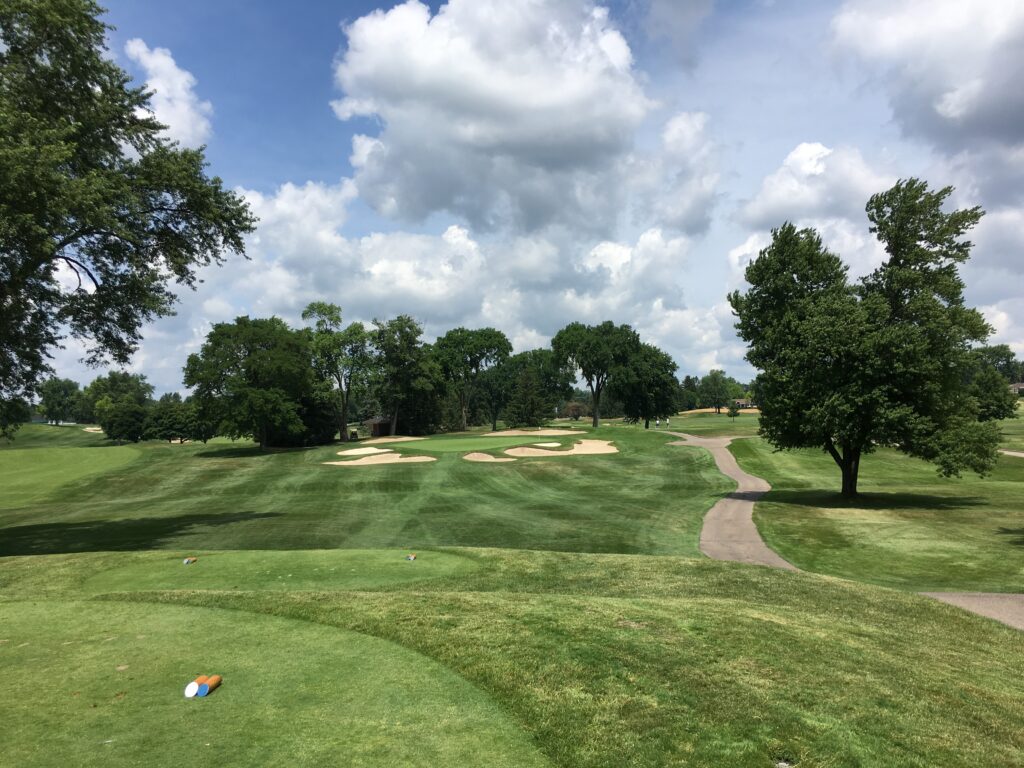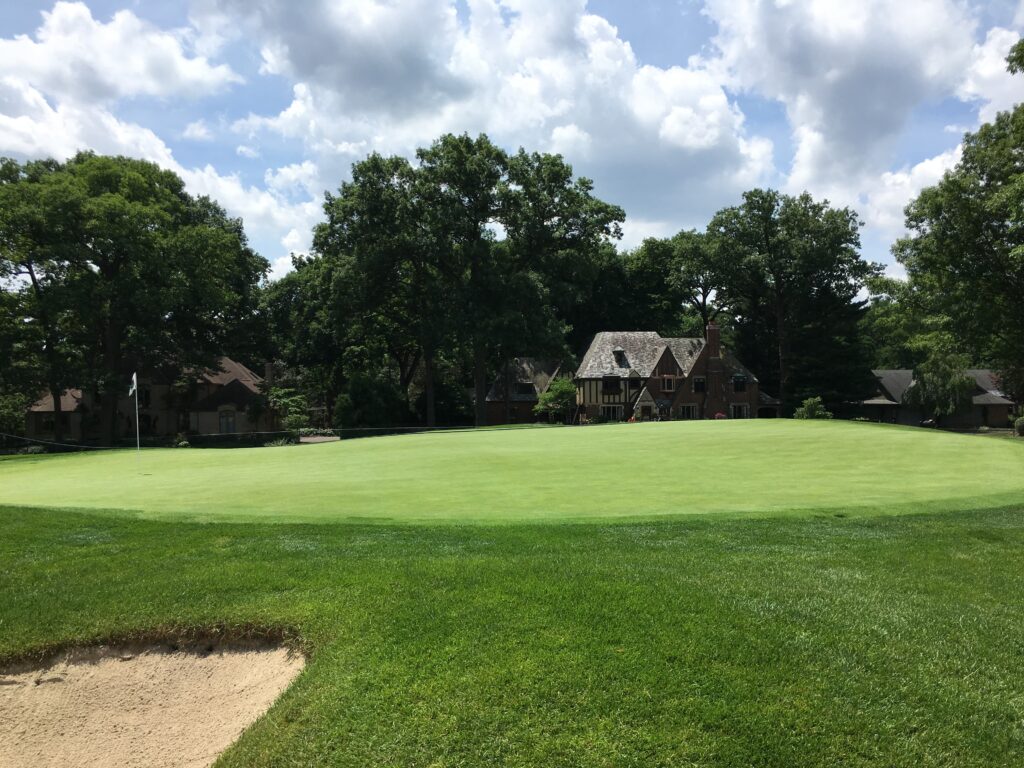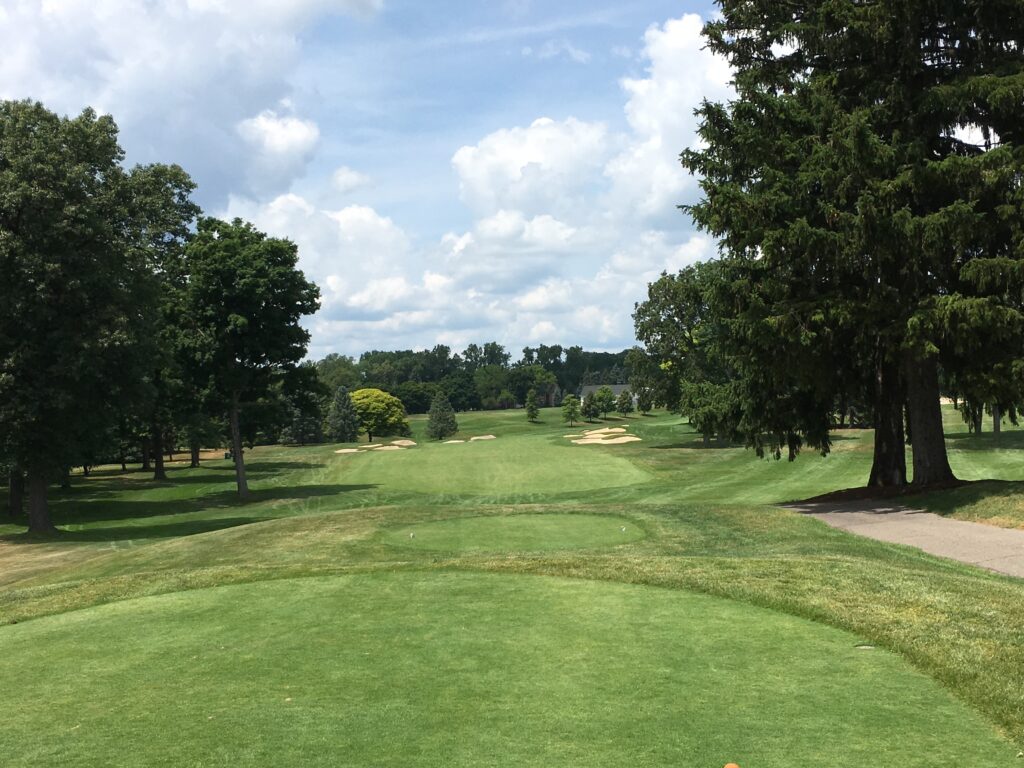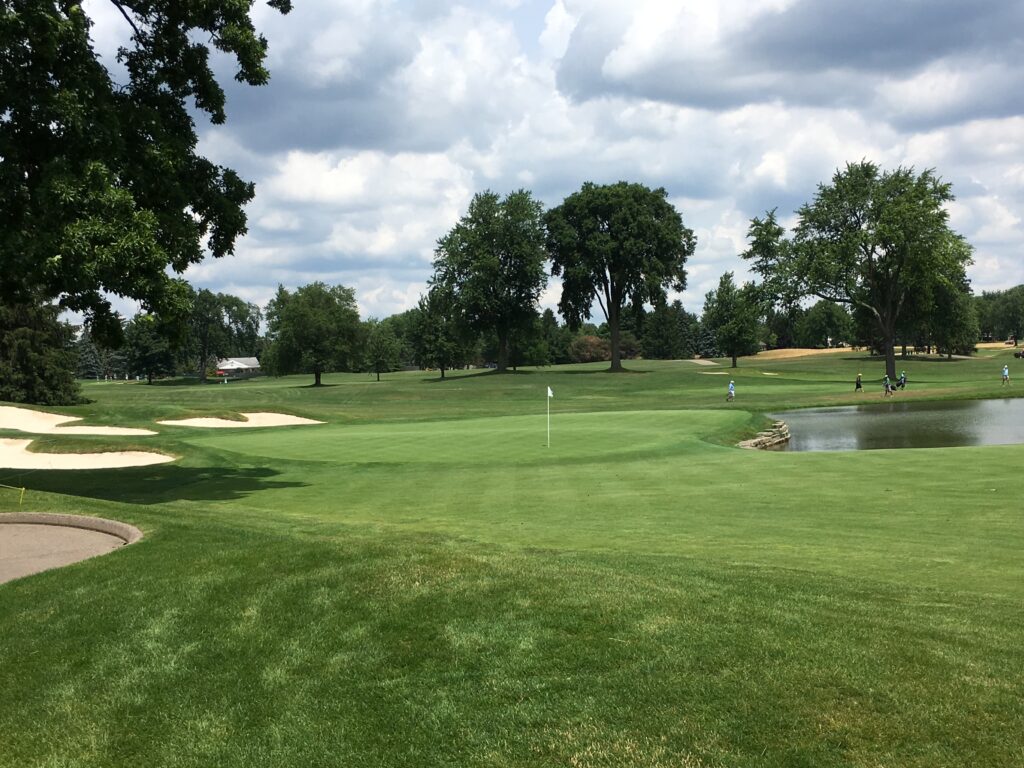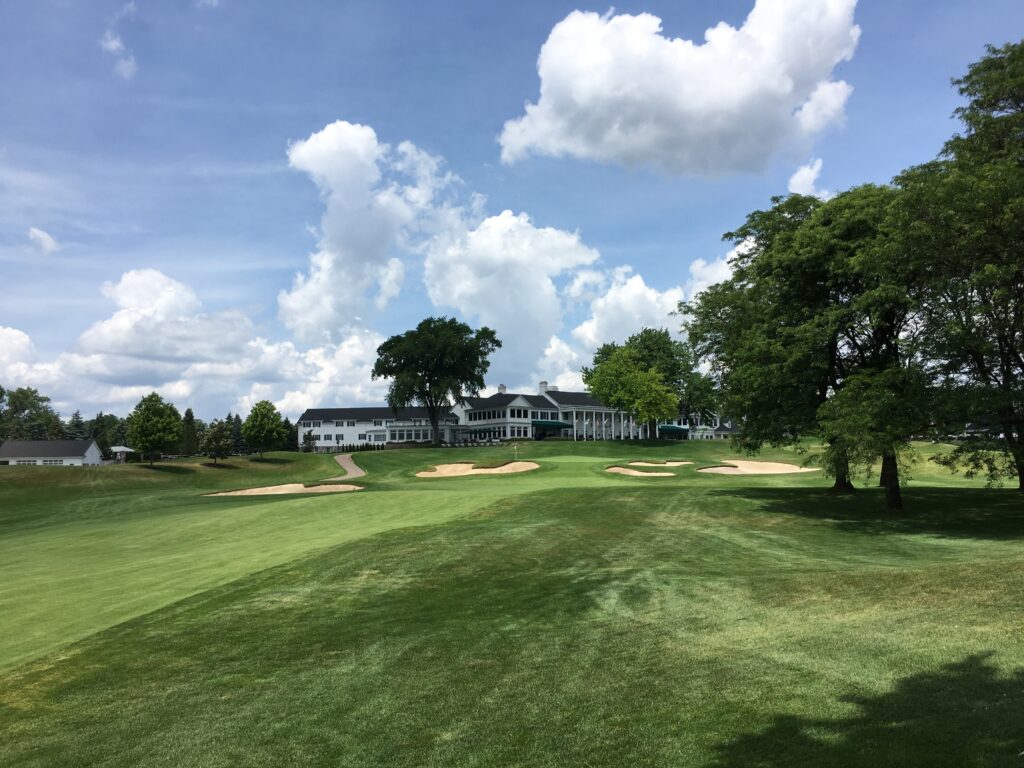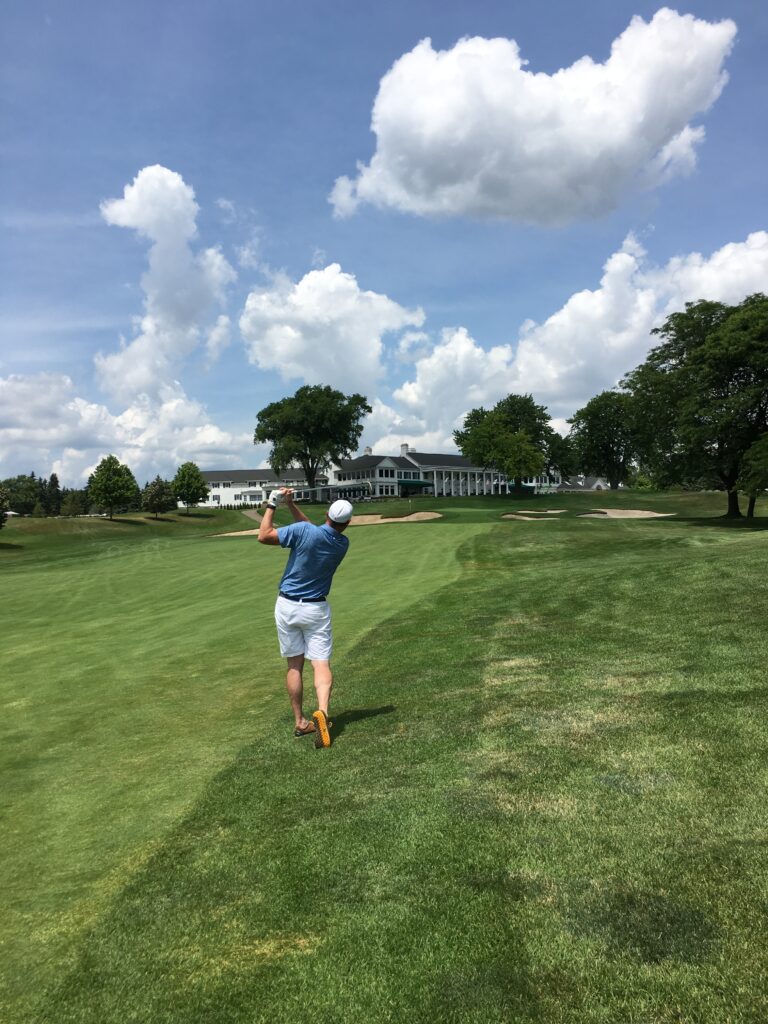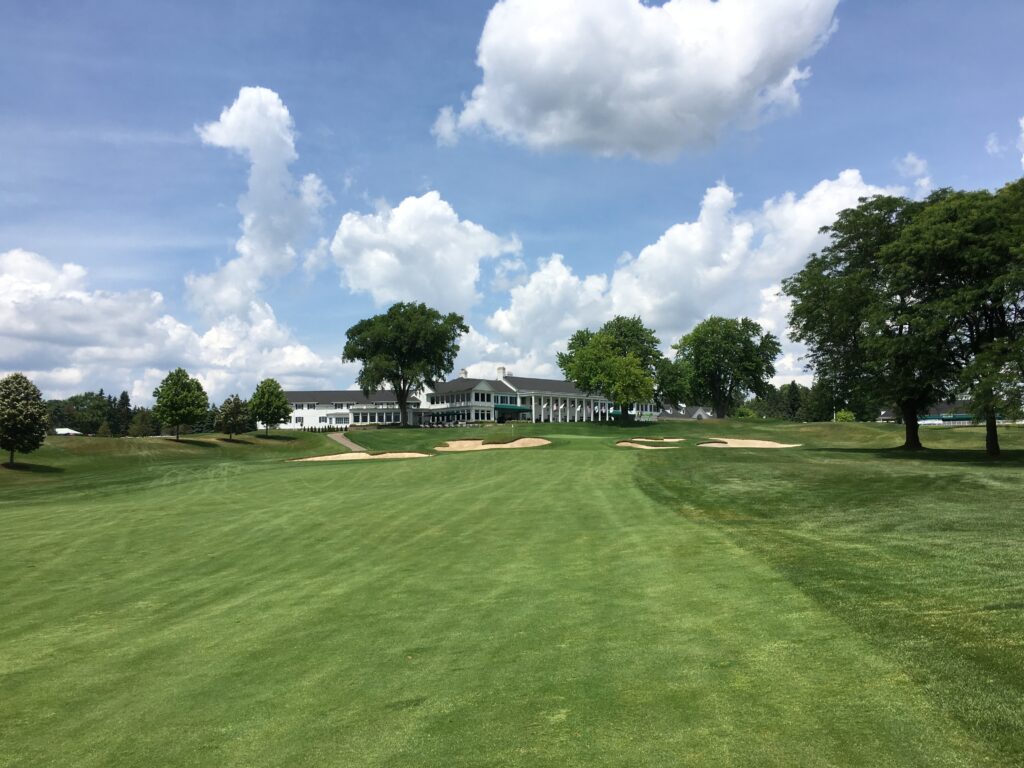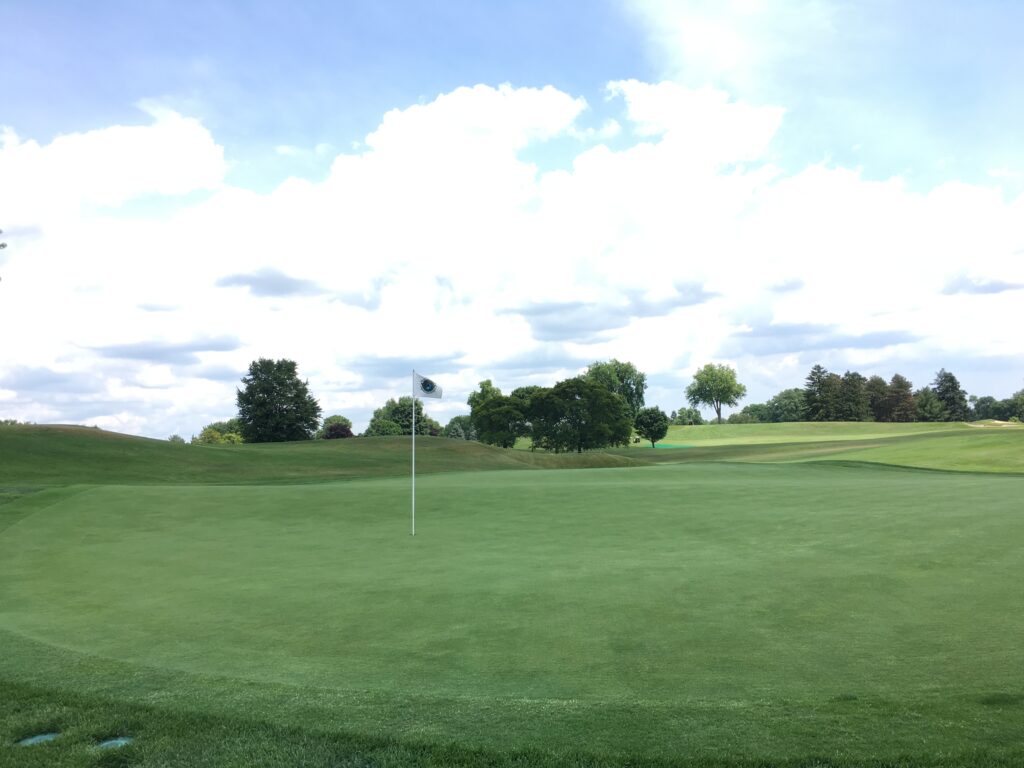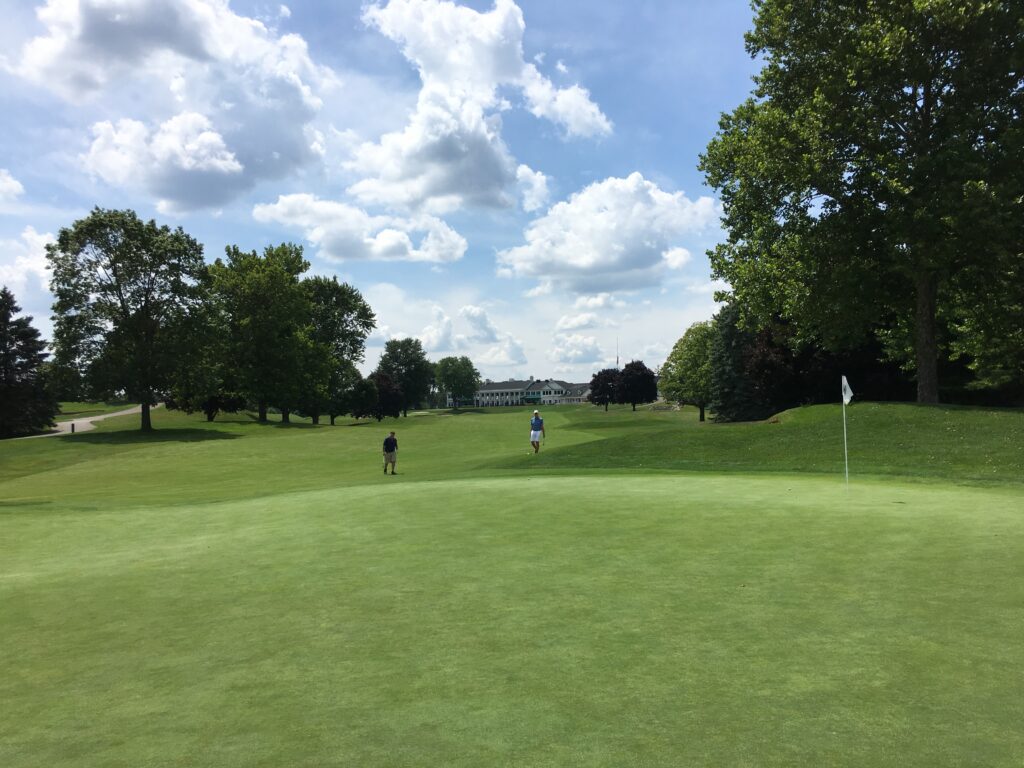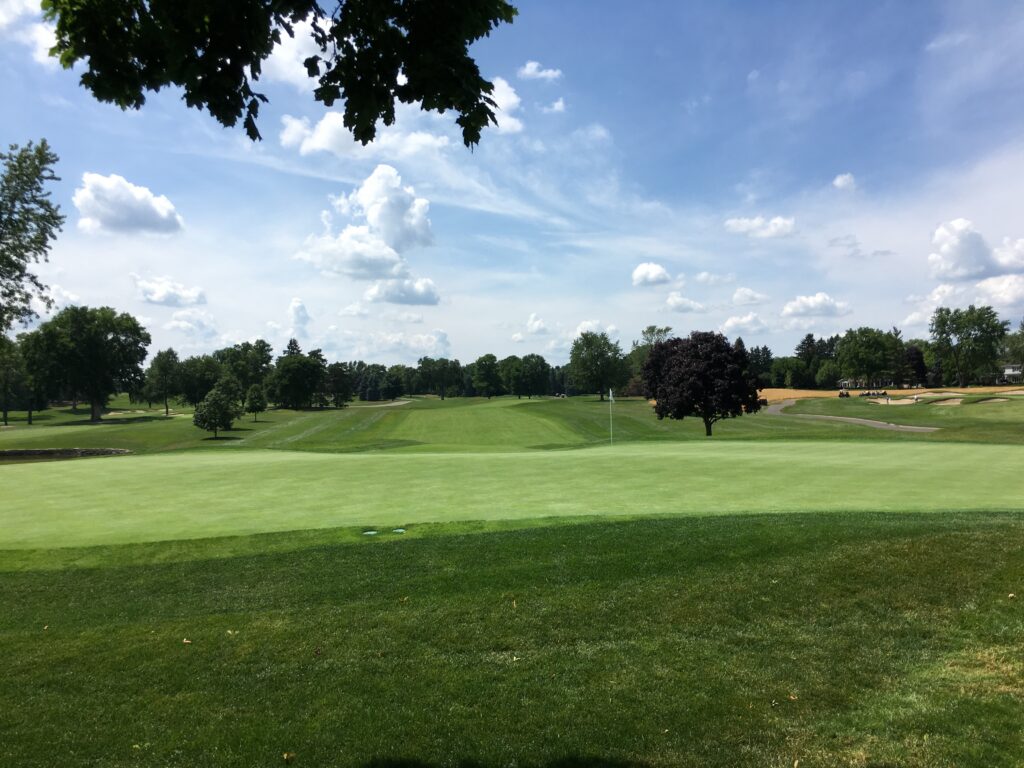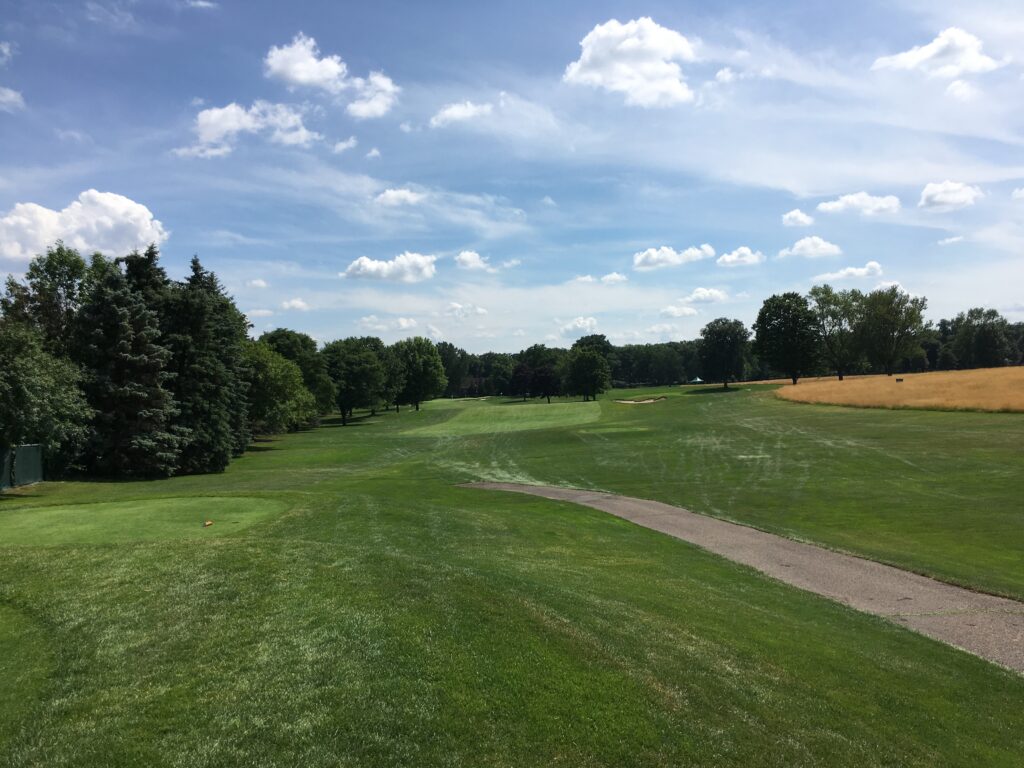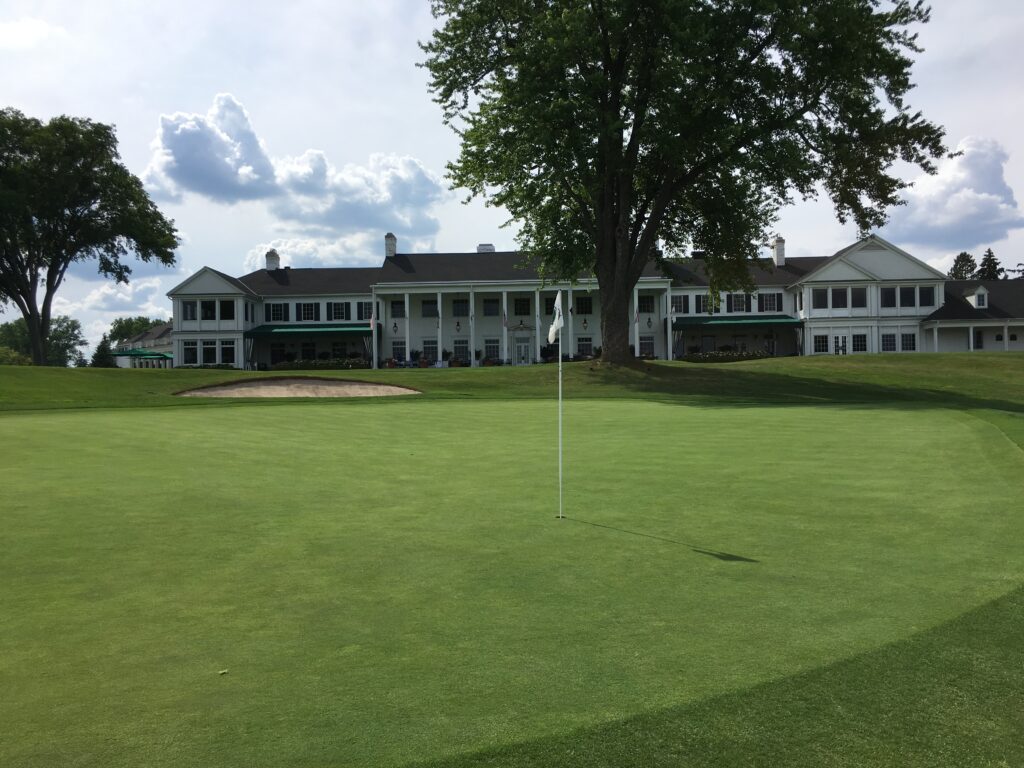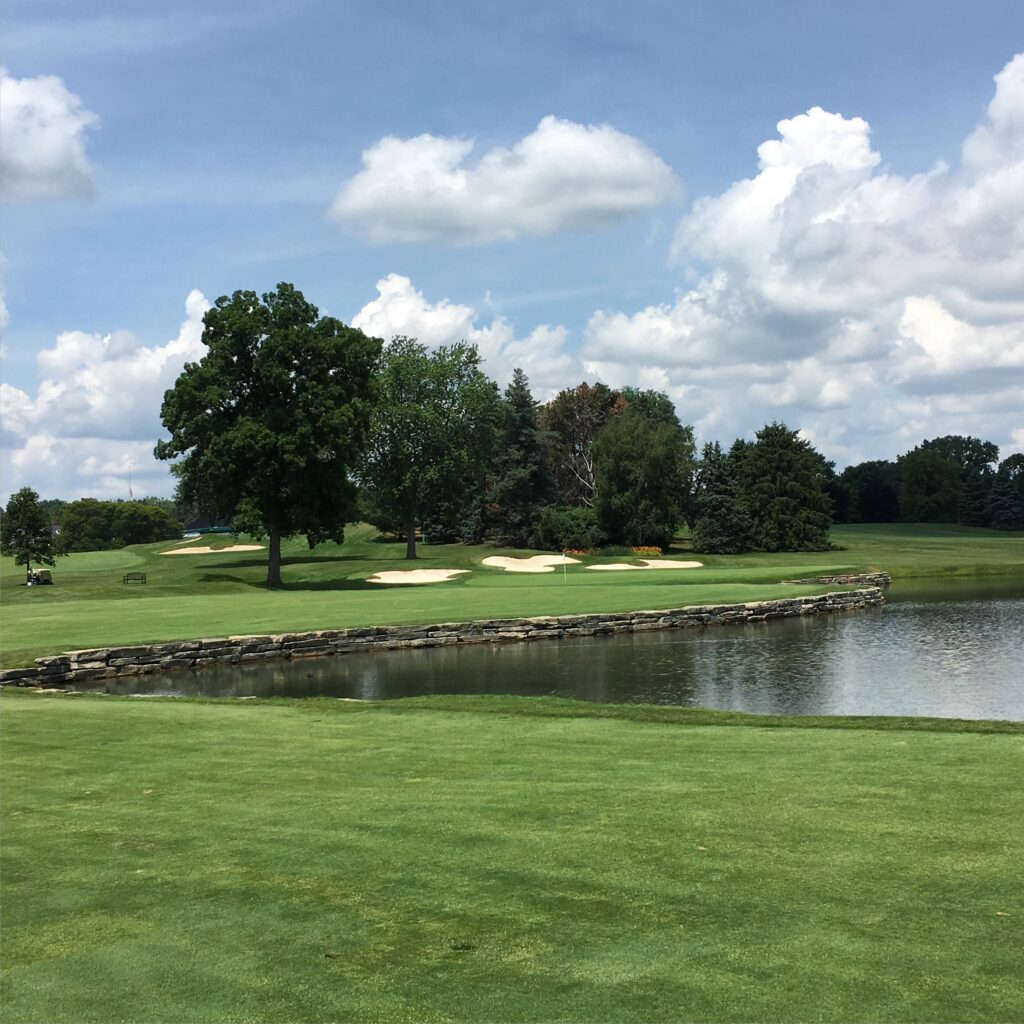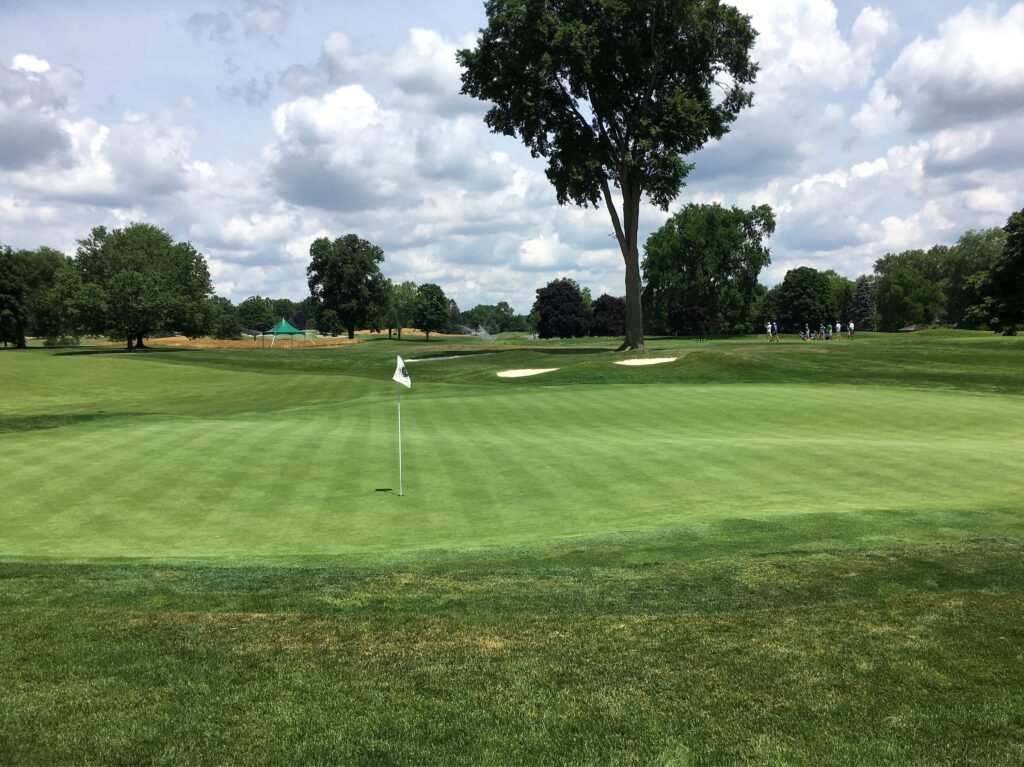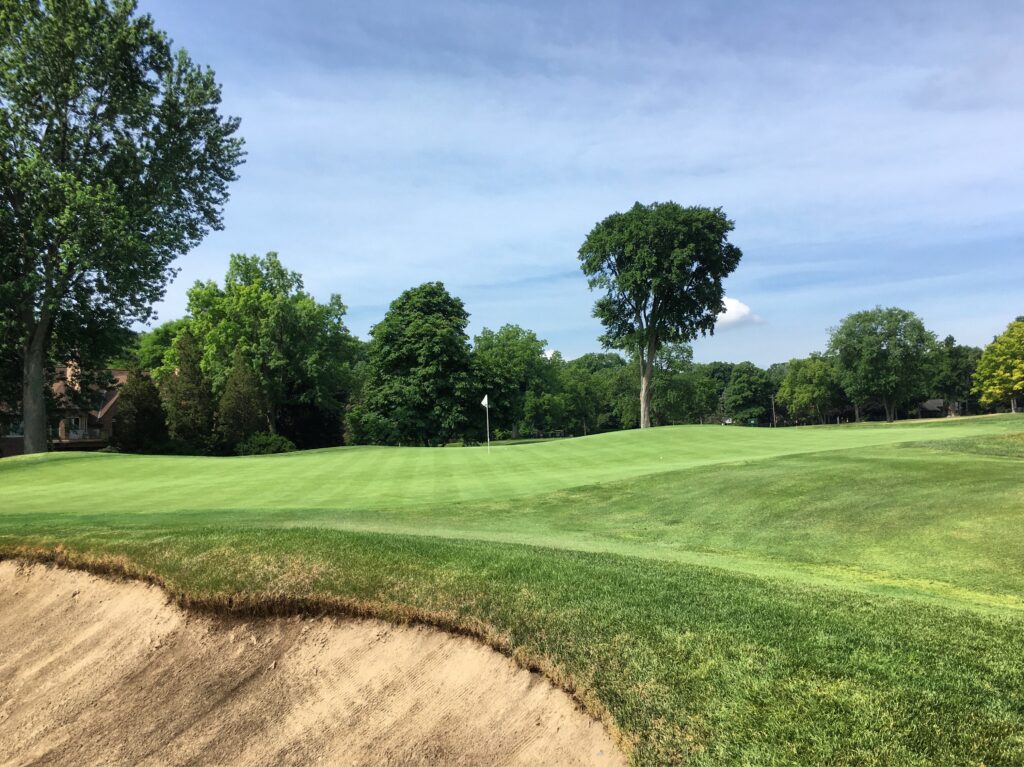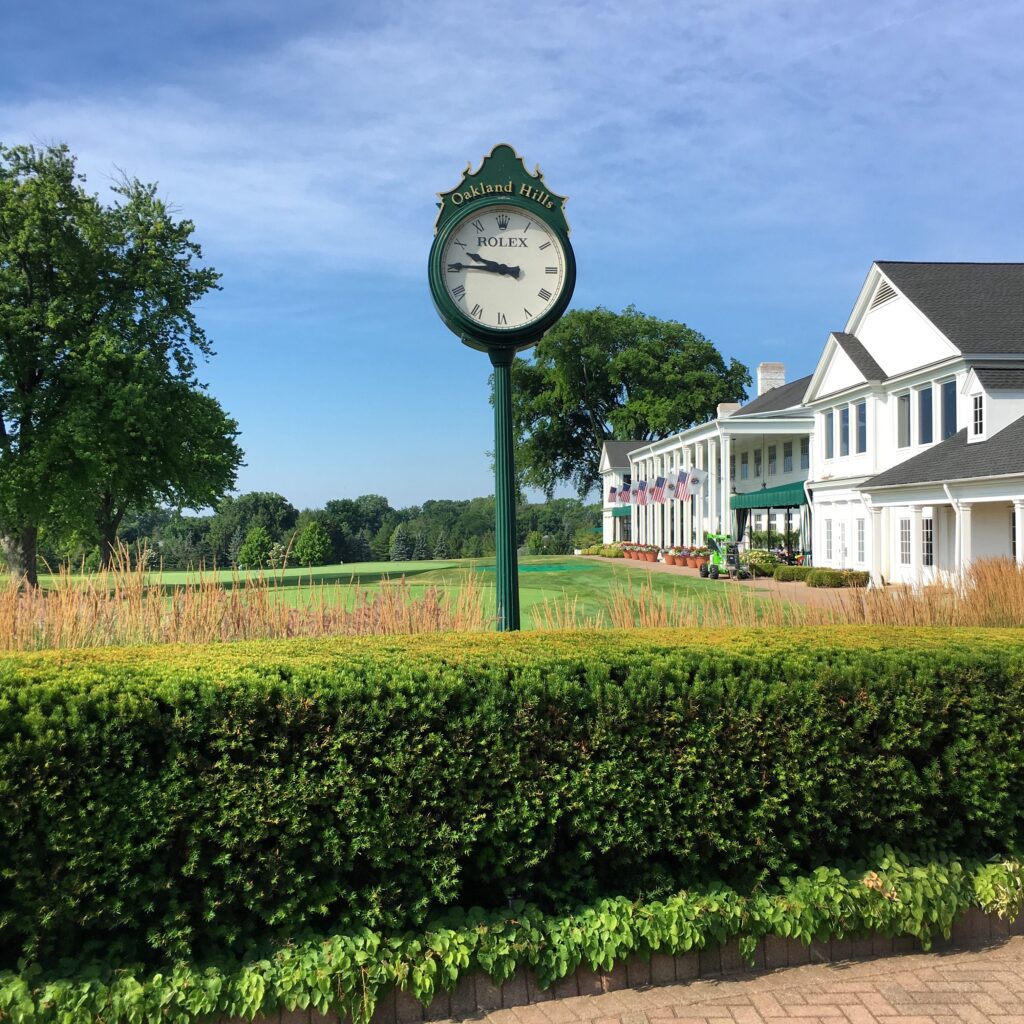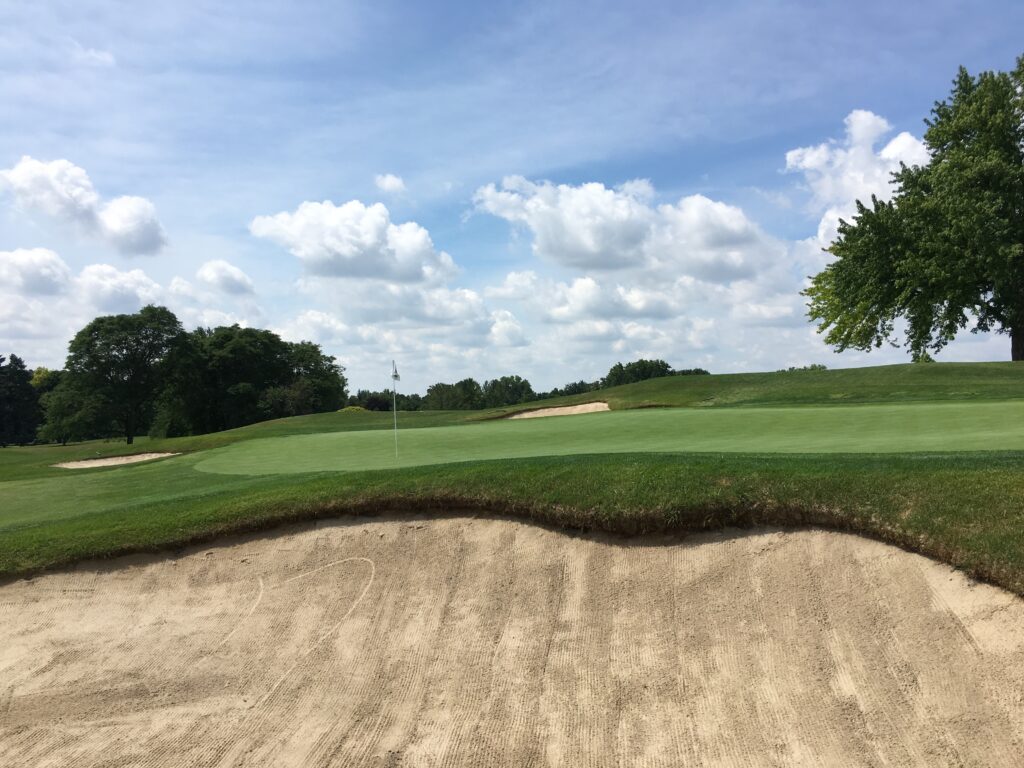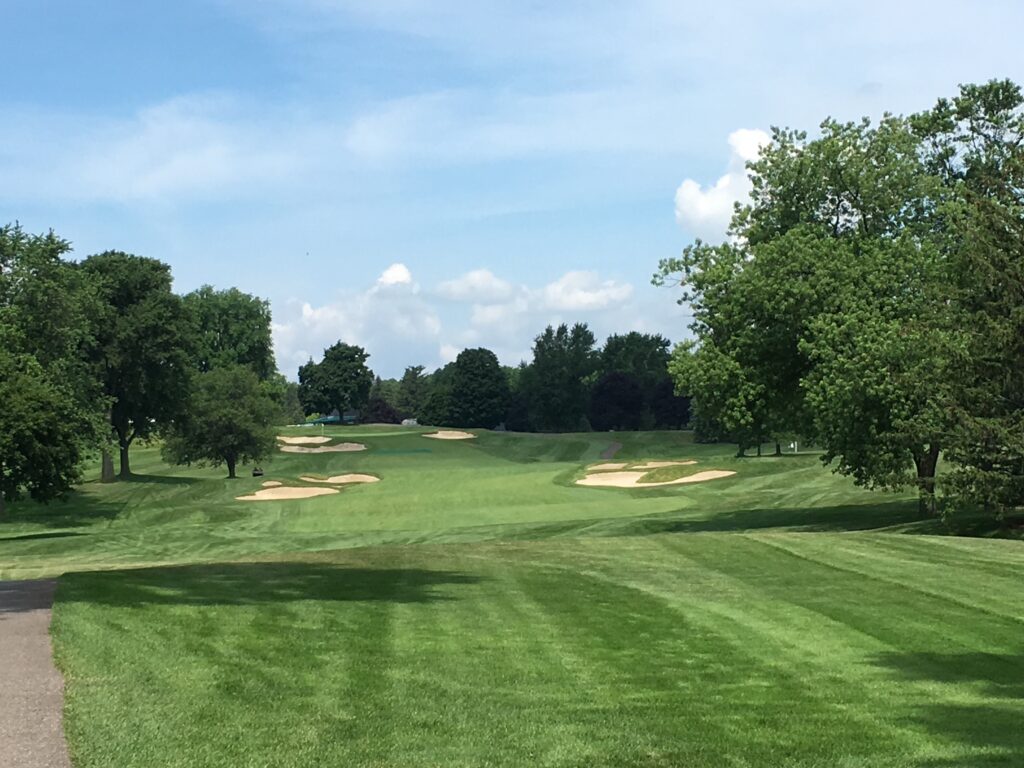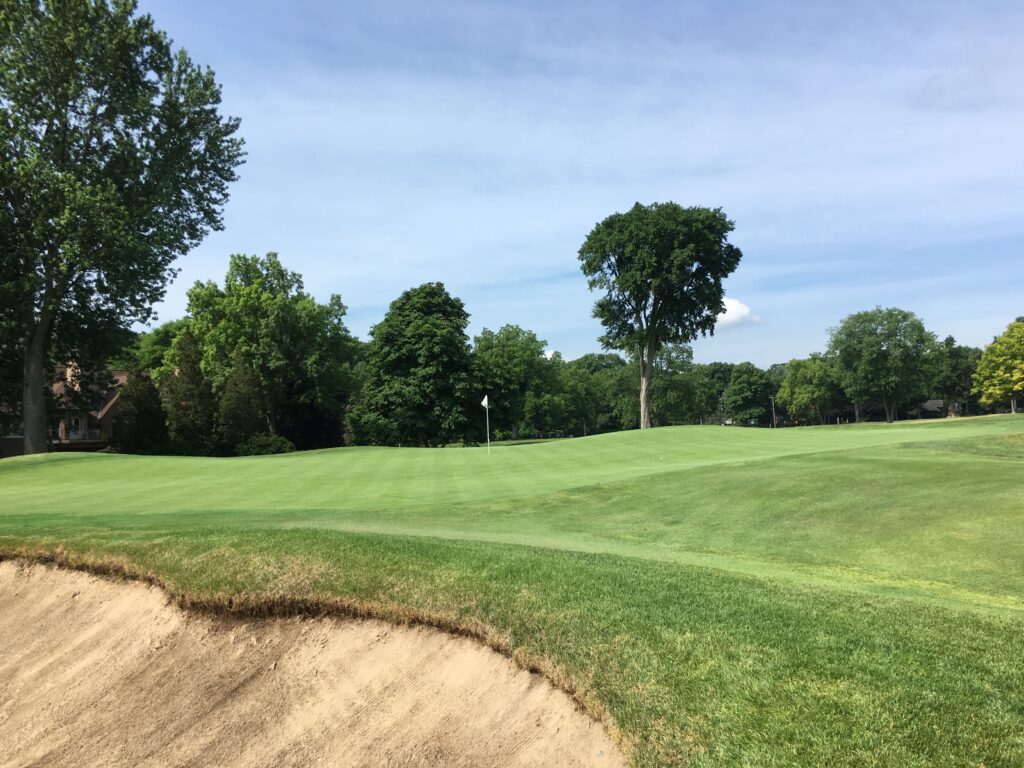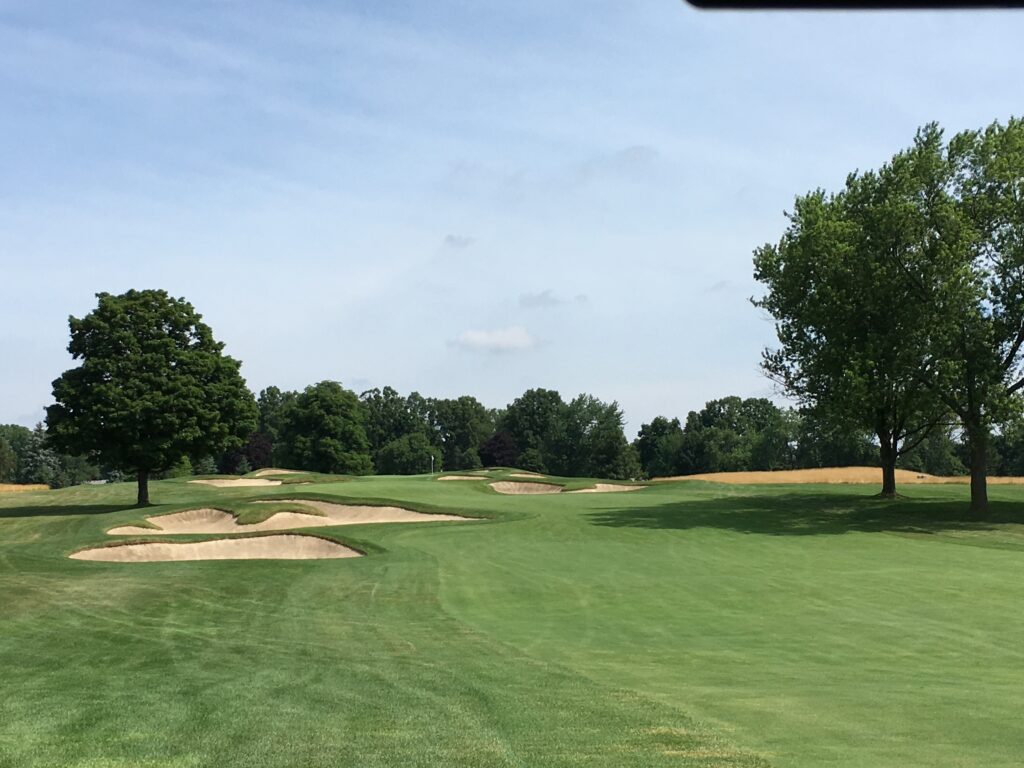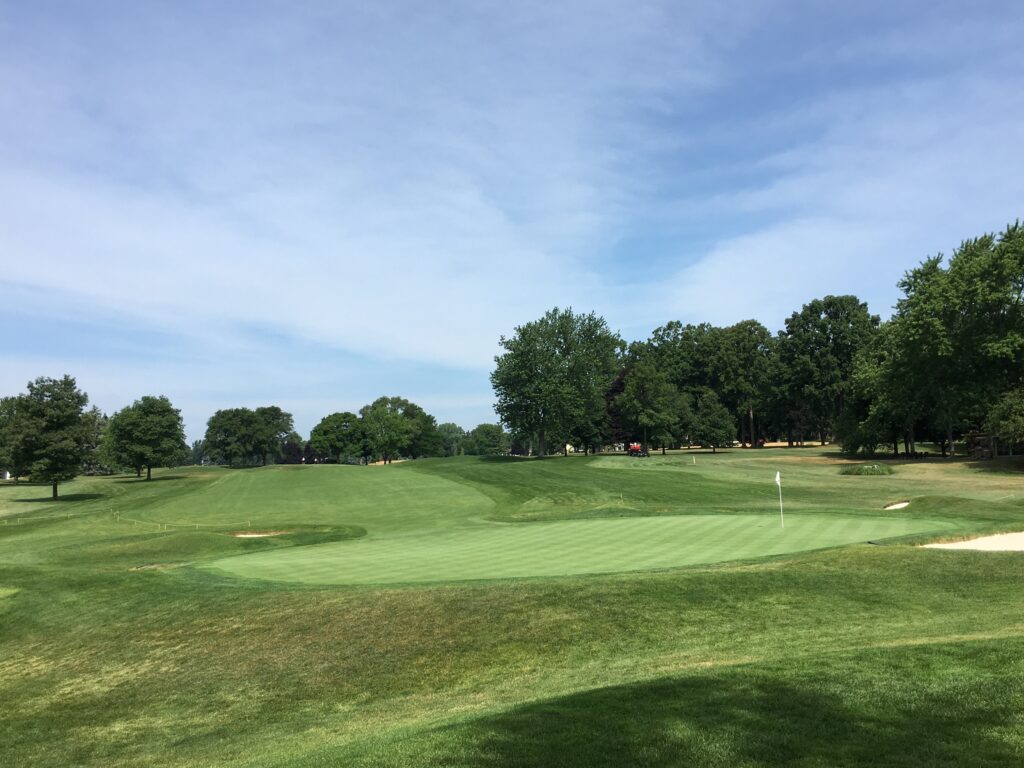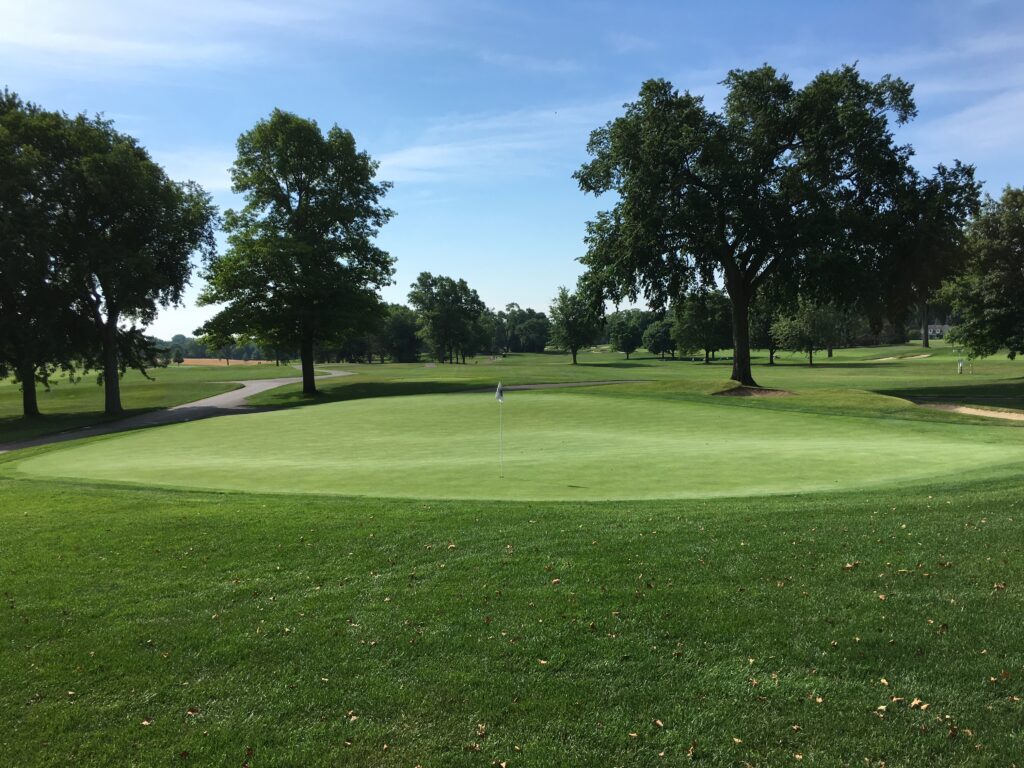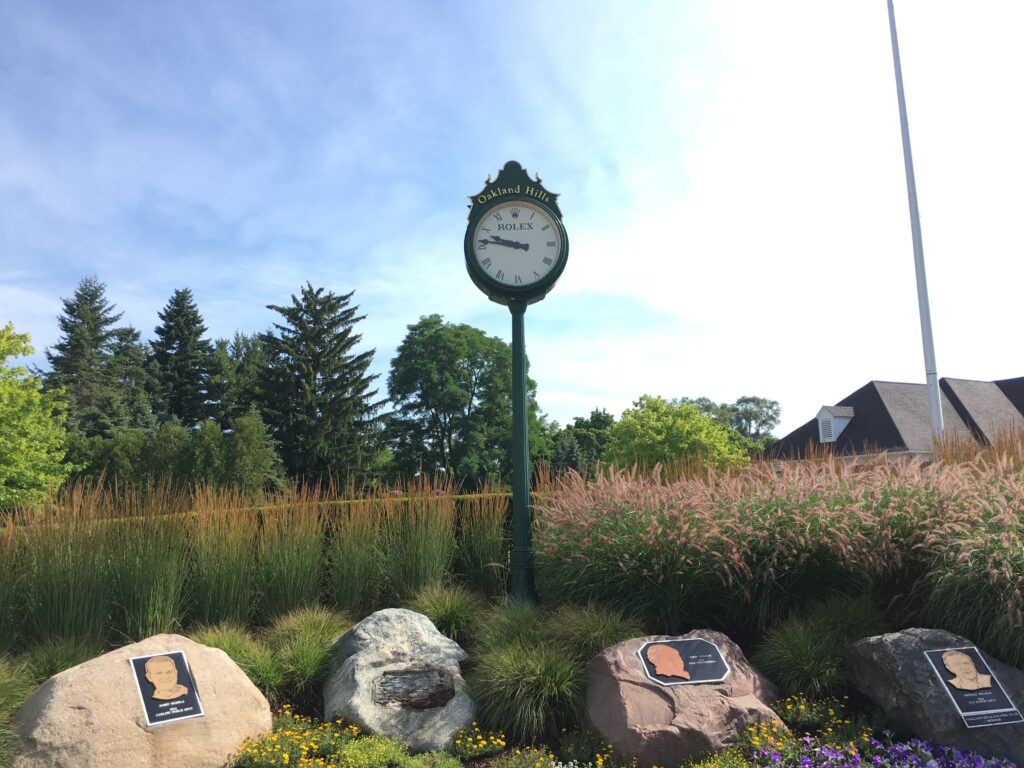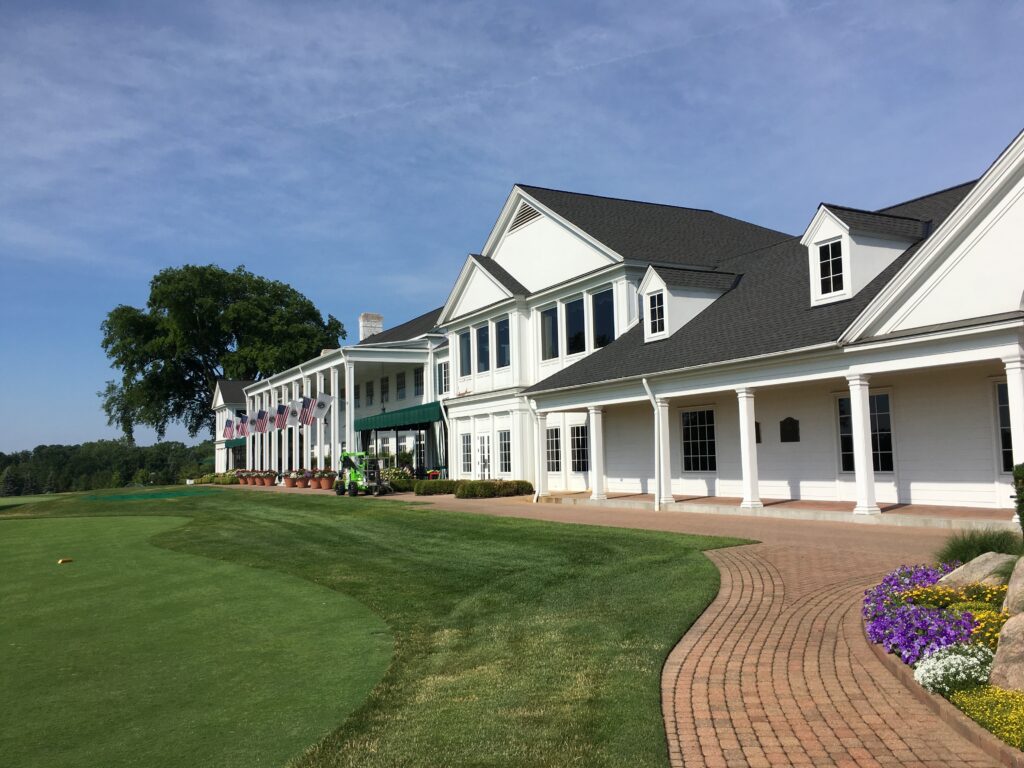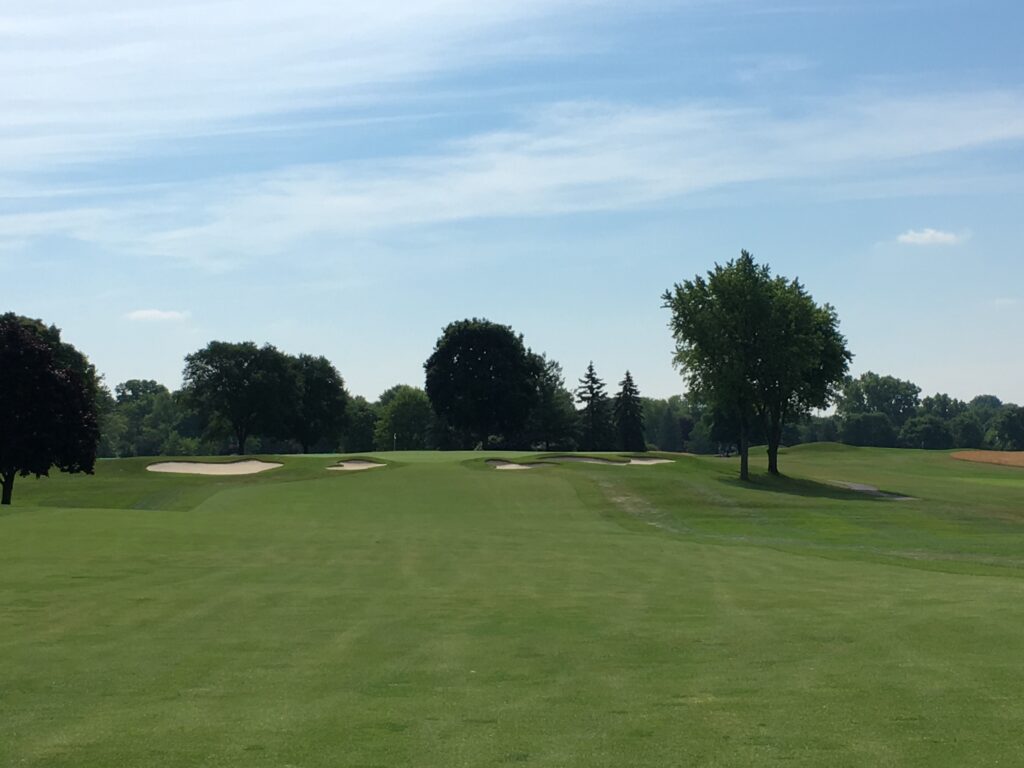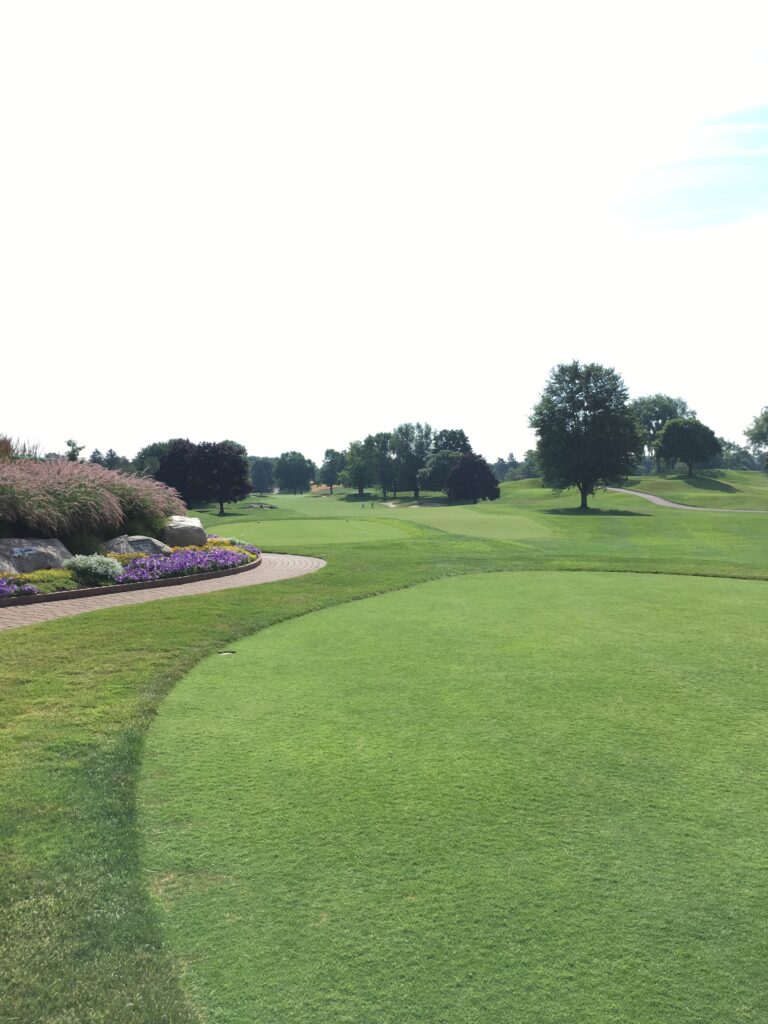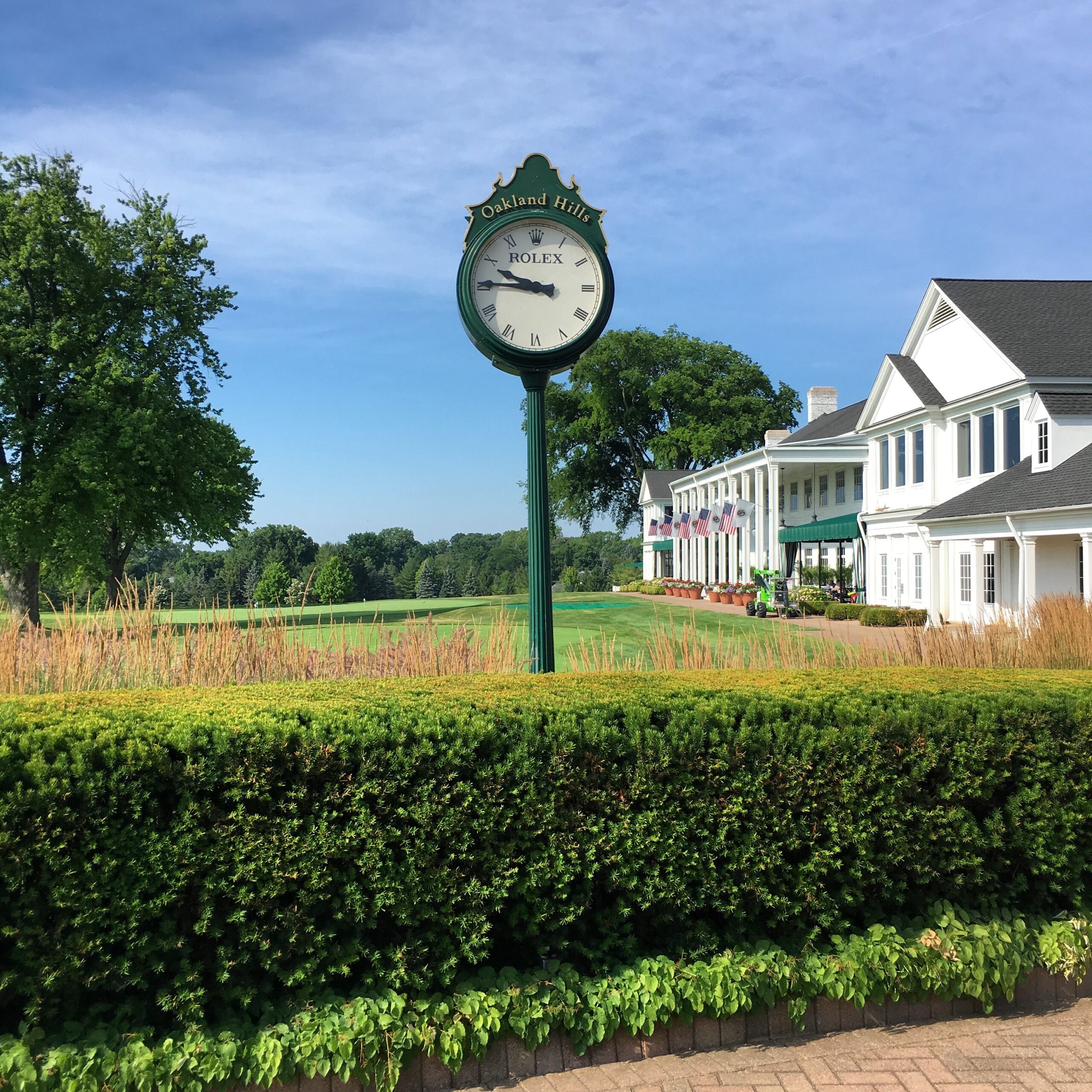The South Course at Oakland Hills Country Club has played a pivotal role in the history of the game of golf. Not only is it one of the most historic championship golf venues in the world, but it is also an interesting study in the evolution of golf architecture. Donald Ross designed the course in 1918 after careful study of the courses built in Scotland by legendary Old Tom Morris. In his commentaries on golf architecture, Golf Has Never Failed Me, Ross commented that “I rarely find a piece of property so well-suited for a golf course.” The result was an expansive layout with wide fairways, strategic bunkering and massive, undulating green complexes.
As the game progressed and equipment continued to advance, the need to update courses to create a greater challenge for the golfer became more prevalent. Even Ross agreed, and was set to redesign the South course in advance of the 1951 U.S. Open before he passed away before completing it. Robert Trent Jones was then brought in to complete the redesign, which involved lengthening the course, narrowing fairways, closing off openings to greens and adding more bunkers. The ground game was essentially eliminated, and the all-carry game was implemented. In the 1951 U.S. Open long, thick rough combined with the narrow fairways and very difficult green complexes created what we know today as “U.S. Open conditions.” Eventual winner Ben Hogan referred to the course as “The Monster.”
Fast forward to July 2016, we had the delight of experiencing The Monster first hand with a 36 hole day on the South Course. It is always fun to play a course that has played host to so much championship golf: 9 majors (6 U.S. Opens, 3 PGA Championships), 2 U.S. Amateurs, a Ryder Cup and various other USGA and Western Golf Association championships.
Highlights
- The greens: what stood out as the biggest challenge were the massive, sloping greens. Having grown up playing Oakmont, these greens still caught me off guard. Oakmont’s are though, but these are more of a hybrid of Pinehurst, Augusta National and Oakmont. Regardless of how you play a hole, the majority of the work has to be done on the greens.
- The fairways: the fairways are built into the natural rolling hillside and many of them slope way from the direction of the green. This makes good tee shots end up in positions that make the approaches difficult (uphill, side hill)
- The bunkers: the bunkers are not only plentiful, but they are deep with large faces (another Oakmont similarity). The greenside bunker shots are difficult due to the size of the green and the slopes. A potential 10-15 yard bunker shot is tough to get close.
- Conditions: conditions were pristine, which I’m sure they always are, but we played just weeks before the U.S. Amateur so the greens were rolling and the rough was juicy.
- The Clubhouse: the iconic Clubhouse is more of a museum. All of the history is well displayed throughout and the view of it from the course was amazing.
- Personal highlight: I made eagle on the par five 12th(No I didn’t play the back tees) but I hit it 5 feet above the hole and made the slider. Otherwise it could’ve been a bogey.
Overall, Oakland Hills Country Club is an amazing experience. It’s always special to play a course with so much championship and architectural history.
